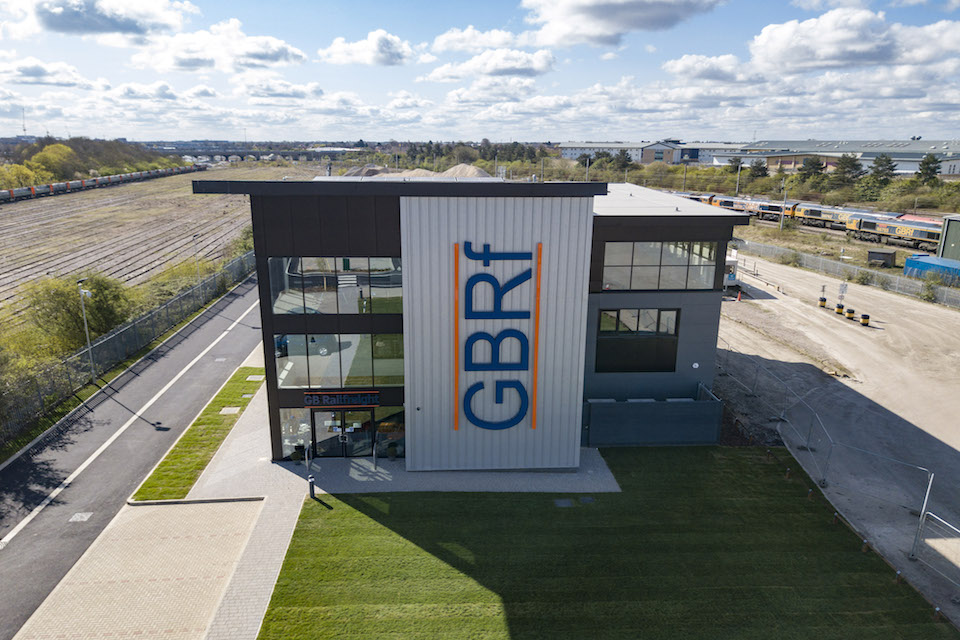Britain’s East Coast Main Line is best known for its express passenger services and as the route of the Flying Scotsman. It’s also a critical freight corridor. From this week, there’s a new service sharing those tracks. It may not be quite as prestigious as the famous express, but the destination is the birthplace of the renowned steam locomotive of the same name.
A new intermodal service, operated by GB Railfreight, connects the freeport of London Gateway, with the iPort of Doncaster. The new flow commenced on 29 January. It doesn’t have the luxuries of the Flying Scotsman, but it conveys almost everything those well-heeled customers could desire.
Intermodal traffic slotting into a very high-frequency pattern
Almost half of British rail freight (by weight) is intermodal traffic. The addition of a new flow is quite common. However, GB Railfreight’s launch has a few points of significance over and above the growing list of container trains crisscrossing the country. This new rail freight service connects London Gateway, one half of the partnership forming the Thames Freeport, to the highly successful logistics hub and strategic rail freight interchange at iPort Doncaster.
The service is also notable for racing up the East Coast Main Line. The route of the Flying Scotsman is often overlooked for the heavy volume of freight conveyed along the route. While historical flows of raw materials from the coalfields of South Yorkshire are a thing of the past, modern intermodal traffic, slotting between passenger expresses, is a growing part of the very high-frequency pattern on the line. Signalling and infrastructure improvements have had this traffic in mind for many years.
Growing range of port-to-port capabilities
It’s no coincidence that GB Railfreight have their operational headquarters right on the East Coast Main Line. The futuristic building reflects the youth of the company. GBRf, formed in the last year of the last century, has been growing fairly steadily ever since. This new intermodal service is an emblem of the company’s stated aim to significantly grow their involvement in the sector. Services like this are also part of the business plan for the terminals it connects.

“This service demonstrates DP World’s support for the Government’s modal shift ambitions”, said John Trenchard, their UK Commercial and Supply Chain Director. “The service will complement our growing range of port-to-port capabilities and our focus on providing low-carbon solutions. At a time when the pressure to manage costs, maintain reliability and improve speed has never been greater, helping our customers stay competitive is vital.”
Opportunity for existing and new customers
This new service by GBRf will be utilising their recently acquired FEA-G intermodal wagons. The high-density twin wagon design can carry six twenty-foot equivalent units (TEUs) on each pair. GBRf say that significantly increases the volume of cargo that can be transported on each journey.
“We always aim to innovate our services to best meet the needs of a changing and demanding market”, said Julie Garn, Head of Intermodal at GB Railfreight. “We believe this new service will unlock a further opportunity for existing and new customers to support their efforts and reduce their carbon emissions.”
GBRf will be running five trains a week from DP World London Gateway, with iPort Doncaster providing a regular service between two strategically important locations for rail freight and the UK economy.
